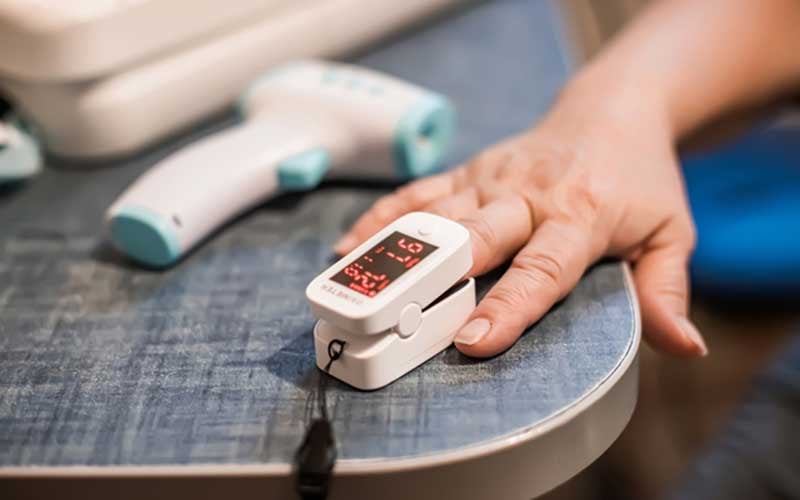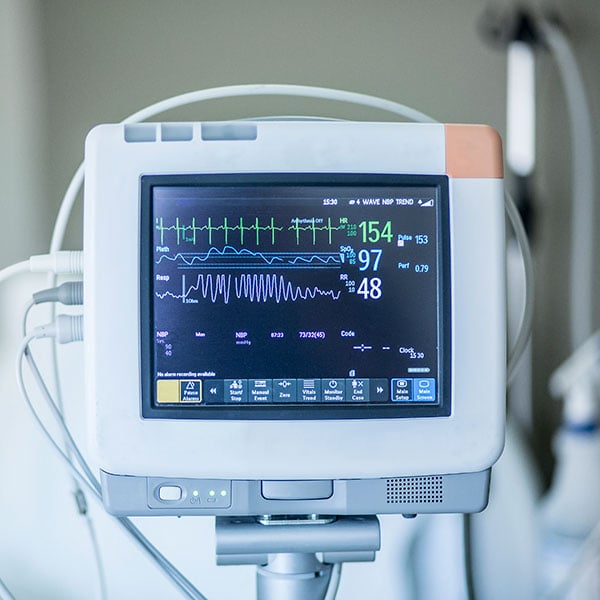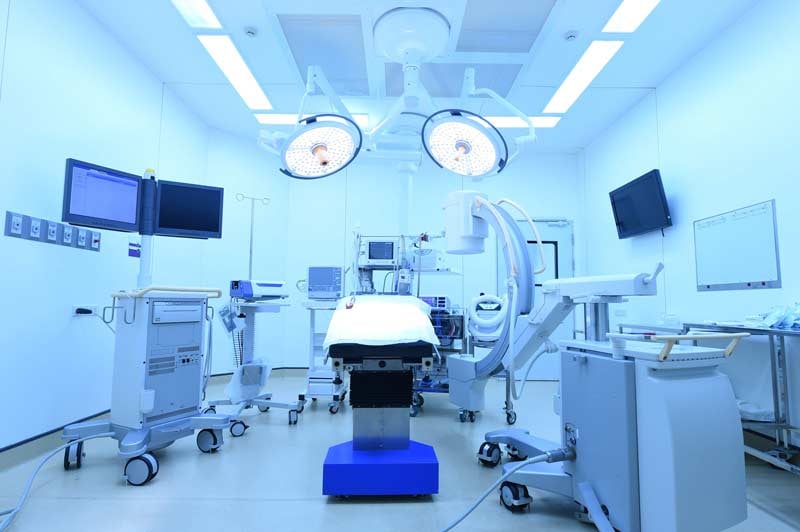
Optimize eDHR Processes
- Time-Stamped Audit Trail: QT9 automatically stores a timeline of every transaction for traceability.
- Lot Number or Serial Number Traceability: Track every move from initial purchase to shipping.
- Manage Expiration Dates: Receive automated alerts for minimum stock levels and soon-to-expire inventory.
- Multi-Location Inventory Tracking: Integrate data across multiple locations to ensure everyone is connected.
- Multilevel DHR/DMR Generation: Generate single-level and multi-level eDHRs and DMRs for the medical device industry in one-click.
Modernize Device History Records
- Document Control: Go paperless by centralizing your documents with a cloud-based solution that includes revision-level controls.
- Barcoded Inventory Control: QT9 makes it easy to utilize barcodes for inventory accuracy and scanning across operations.
-
Inspection Planning: Automate inspection processes with an easy-to-use cloud-based inspection solution.
- Attach Related Files: Track certificates of analysis or compliance with unlimited file attachments on inspection records.
- Real-Time Analytics: Turn data-driven insights into opportunities with real-time interactive dashboards.

FDA Part 820.181 Device Master Record Requirements
With the power of QT9 ERP and QT9 QMS, you can completely automate your device master records.
Requirement
Subpart (a)
Subpart (b)
Subpart (c)
Subpart (d)
Subpart (e)
Description
Device Specifications
Process Specifications
Quality Assurance Procedures and Specifications
Packaging and Labeling Specifications
Installation, Maintenance, and Servicing Procedures
QT9 Module
QT9 ERP Bill of Materials / QT9 QMS Inspection Plans / QT9 QMS Documents
QT9 ERP Bill of Materials / QT9 QMS Inspection Plans / QT9 QMS Documents
QT9 QMS Documents / QT9 QMS Inspection Plans
QT9 QMS Documents / QT9 ERP Bill of Material File Attachments
QT9 QMS Documents
FDA Part 820.184 Device History Record Requirements
With the power of QT9 ERP and QT9 QMS, you can completely automate your device history records.
Requirement
Subpart (a)
Subpart (b)
Subpart (c)
Subpart (d)
Subpart (e)
Subpart (f)
Description
Date of Manufacture
Quantity Manufactured
Quantity Released for Distribution
Acceptance Records Demonstrating that the Device is Manufactured According to DMR
Labeling
UDI or UPC, If Used
QT9 Module
QT9 ERP Job
QT9 ERP Job
QT9 ERP Job / Inventory Transactions
QT9 QMS Inspections/ QT9 QMS Documents/ QT9 ERP Job Routing Verification
QT9 ERP Labels / QT9 ERP Job File Attachment
QT9 ERP Labels/ QT9 ERP Job File Attachment
Connect All the Tools You Use for Electronic Device History Records
QT9 QMS enables you to integrate multiple business processes with electronic device history records.
Benefits of eDHR Software
Get started with features designed to help you take control of your device history records.
Centralize Your Data
Connect Device History Records data in one place and access it at any time.
Get Real-Time Analytics
Make informed decisions with real-time dashboards. Create your own custom views.
Ensure Compliance
Show proof of proper handling, supporting FDA Current Good Manufacturing Practices (cGMPs).
Link Records
Easily link eDHRs to related documents, audits, inspections and more.
Error-Proof Production
Identify and mitigate risks associated with production and compliance.
Go Paperless
Store and easily access documentation, training, videos, pictures and more.
Improve Traceability
See a timeline of every action along with lot and serial traceability.
Get More Done
Choose from over 40 pre-built modules to automate and improve efficiency.
Transform How You Manage Device History Records
Avoid the pitfalls of paper processes with QT9's electronic device history record solution. Data is seamlessly integrated from QT9 QMS and QT9 ERP with verification steps and lot approvals. Documentation, inspection plans and file attachments can be synced to your Bill of Materials (BOM) to create a complete eDHR or eDMR in once click. No paper needed. No separate folder structures.
"All of our records are now in one location"
QT9 has streamlined our internal auditing process, preparation for regulatory audits, document control and approval, and organizational training. We have been able to reduce our active documents by 30% as unnecessary/redundant documents and procedures have been made more visible through the document review process.
Reviewed on Capterra
![]()
Jennifer B.
Medical Device Industry
Small-Business (11-50 emp.)
Read the Review
"Looking forward to using more modules"
The document control feature has improved our ability to find documents and some records when requested for audit or project purposes. Training is much easier to manage. I like being able to link equipment and gages to system documentation in the Document list. The customer service has always been helpful and responds quickly.
Reviewed on Capterra![]()
Bill C.
Medical Device Industry
Mid-Market (51-200 emp.)
Read the Review
"Excellent support, traceability and ease of use."
We are a medical device company and myself, the FDA & ISO auditors liked the traceability, control of documents and everything was there at our fingertips from Management review to Documents to CAR's. QT9 is always responsive to our questions and resolving issues. For the cost, the flexibility, electronic signature and traceability is worth trying out the system.
Reviewed on Software Advice![]()
Reba D.
Medical Device Industry
Director of QA/RA
Read the Review
FAQs: eDMR and eDHR Software
What is a device master record (DMR)?
A device master record (DMR) is a file that includes all information and specifications needed to produce a particular medical device, including processes and materials used, drawings, labeling and packaging, and installation, maintenance and servicing procedures.
A DMR is required by the U.S. Food and Drug Administration (FDA) under 21 CFR Part 820.
What is a device history record (DHR)?
A device history record is a lot-specific version of the device's DMR. An eDHR is a digital version of the traditional DHR.
Device history records are part of Good Manufacturing Practices (GMPs) and are required by international and national regulatory bodies, such as the U.S. Food and Drug Administration (FDA), to show that all requirements of the DMR have been fulfilled. Global regulators require manufacturers to maintain this information for each stage in the medical device’s life cycle.
What is a Bill of Materials (BOM)?
A Bill of Materials (BOM) is a comprehensive list of all materials and components needed to manufacture or repair a device, as well as directions for how to use them.
A single-level BOM is generally a simple list of assemblies and quantities needed.
A multi-level BOM is a hierarchical description of how each part is assembled. It lists every component of each part, including details such as quantity, part number and cost.











